Repeated blue screen errors and slow startups often occur when Memory Integrity, a Windows 11 security feature, fails to enable or conflicts with system drivers and hardware settings. These issues can prevent the system from booting properly, force recovery modes, or display warnings in Windows Security that Memory Integrity is off, leaving your device more vulnerable to threats that target the Windows kernel.
Update or Remove Incompatible Drivers
Step 1: Open the Windows Security app and navigate to Device Security > Core Isolation. If you see a warning that Memory Integrity is off, look for a Review Incompatible Drivers option. Click this to see a list of drivers that are blocking the feature.
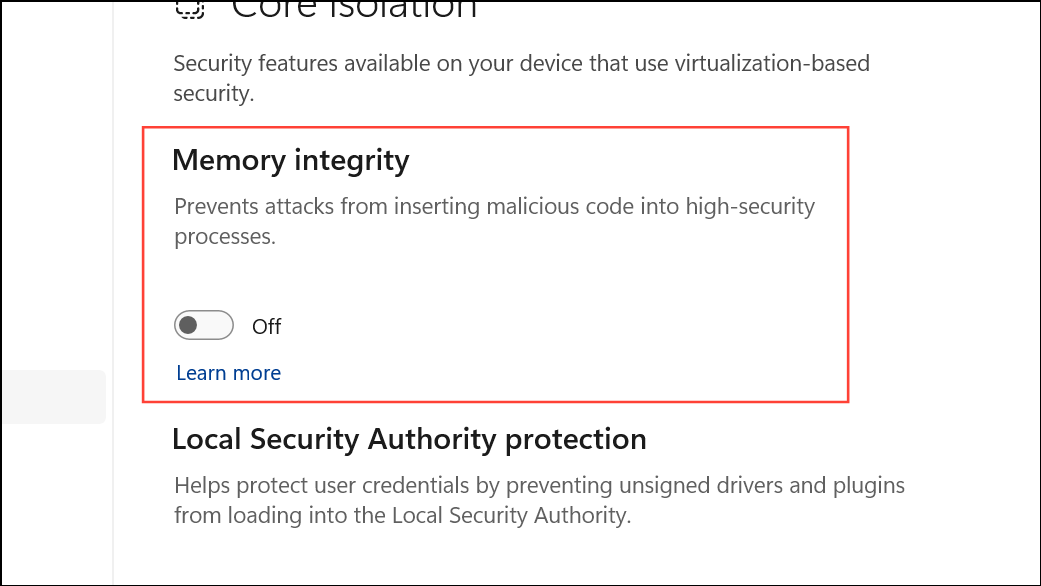
Step 2: If the incompatible driver is listed, make a note of its name and details. If details are missing, open Command Prompt as an administrator and run:
dism /online /get-drivers /format:tableThis command shows all installed drivers, helping you identify the problematic one by its Published Name.
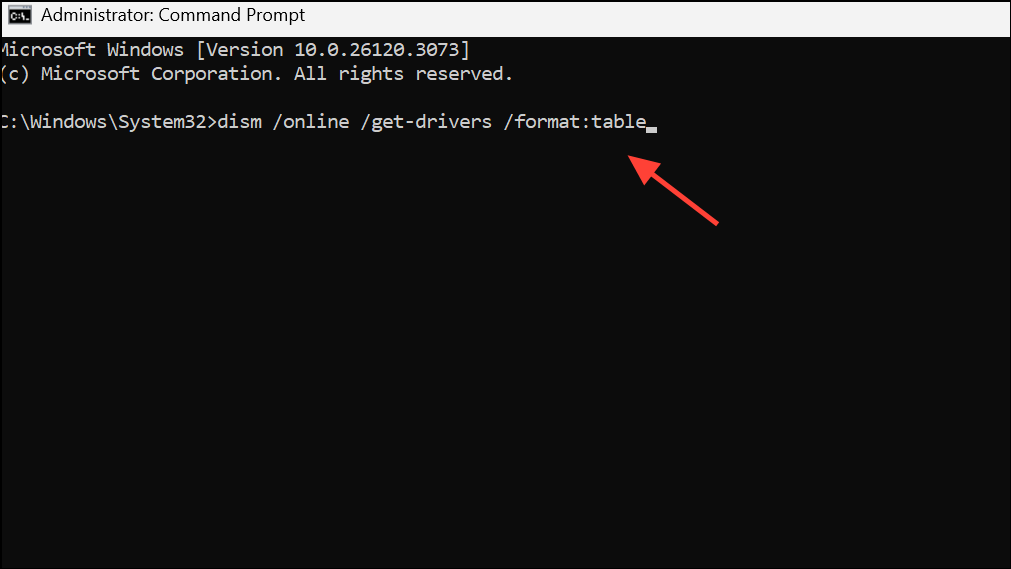
Step 3: Update the driver using Device Manager. Open Device Manager, click View and select Devices by Driver. Find the device using the incompatible driver, right-click it, and choose Update Driver. Select Search Automatically for Drivers to let Windows find the latest version. If no update is found, download the latest driver from the device manufacturer's website and install it manually.
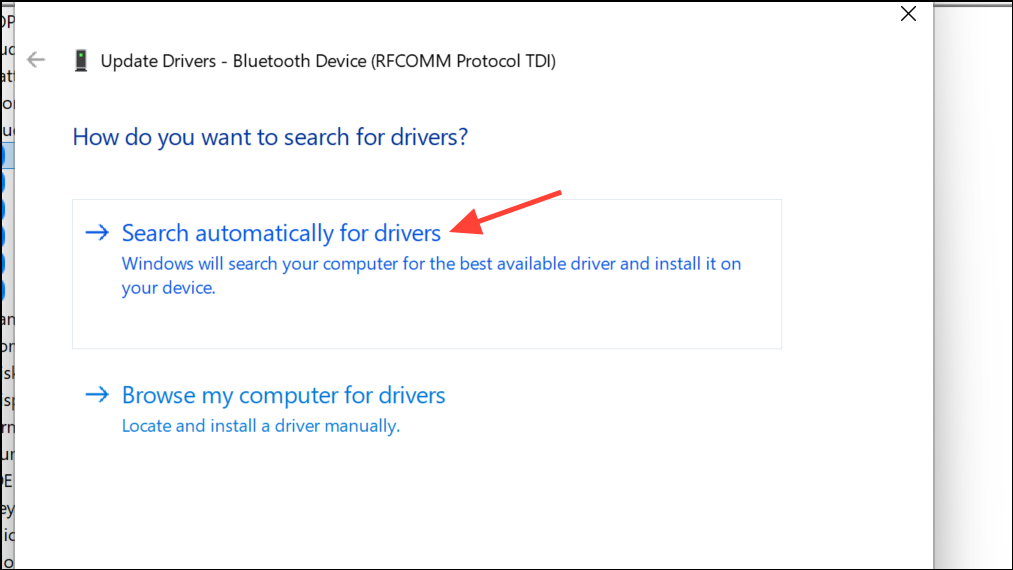
Step 4: If updating does not resolve the issue, remove the incompatible driver. In Command Prompt as administrator, run:
pnputil /delete-driver <PublishedName> /uninstall /forceReplace <PublishedName> with the driver’s actual published name, such as oem58.inf. Restart your computer to allow Windows to reinstall a compatible driver if the device is needed.
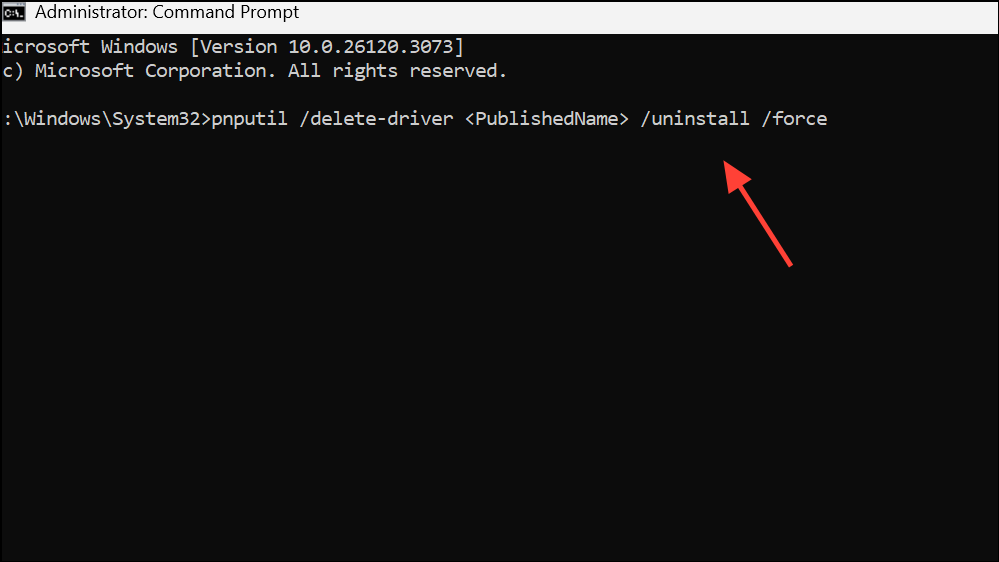
Check for Windows Updates
Step 1: Outdated Windows builds or bugs in the Security app can trigger Memory Integrity errors. Go to Settings > Windows Update and click Check for updates. Download and install all available updates, including optional driver or firmware updates.
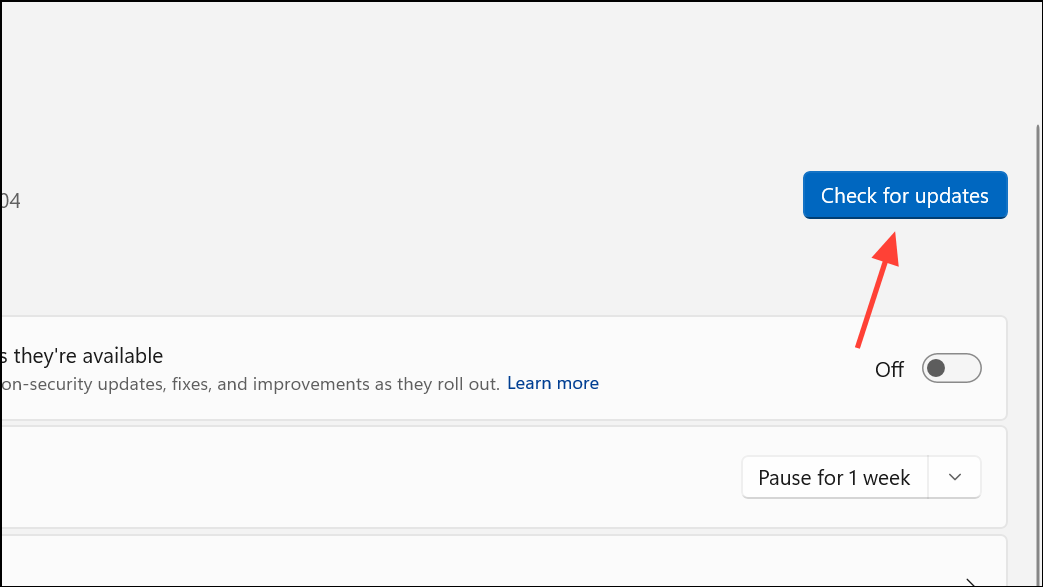
Step 2: After updates complete, restart your PC and check the Windows Security app to see if Memory Integrity can be enabled without errors.
Remove Residual or Hidden Drivers
Step 1: Some drivers, especially those for old or removed hardware, can remain on your system and cause conflicts. Open Device Manager, click View > Show hidden devices. Look for any devices with faded icons or yellow warning symbols.
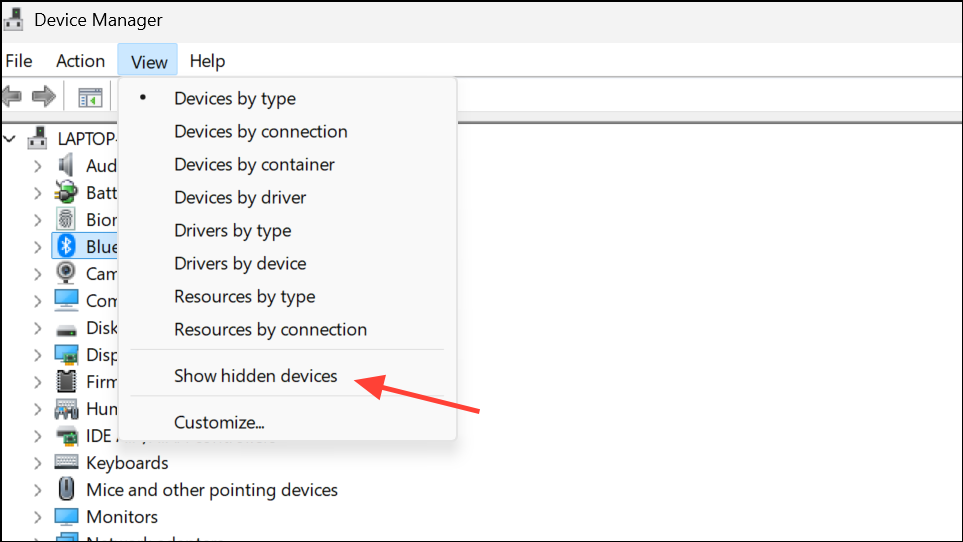
Step 2: Right-click and uninstall these devices. If prompted, check the box to Delete the driver software for this device.
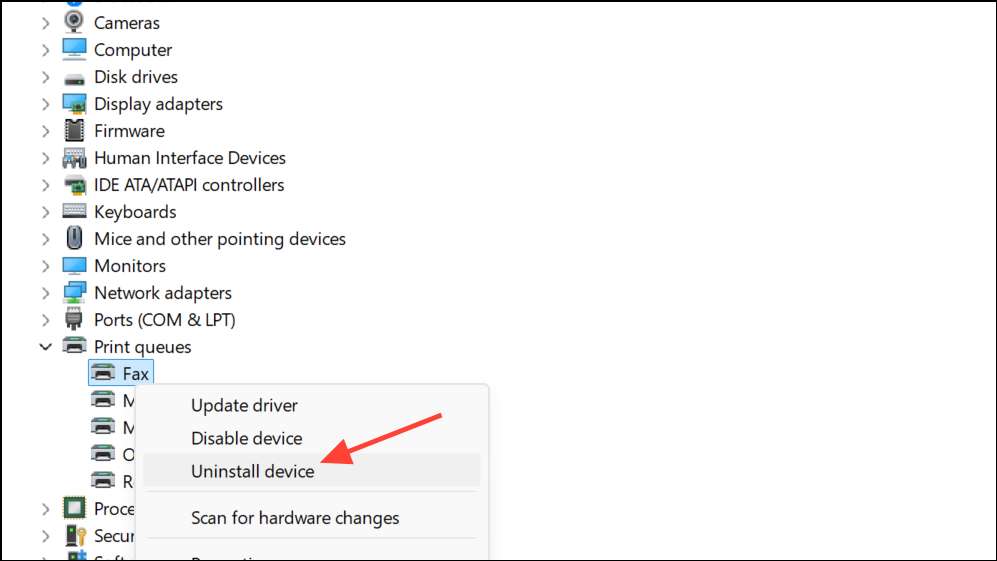
Step 3: Navigate to C:\Windows\System32\drivers and ensure any leftover files from uninstalled drivers are removed, taking care not to delete system files.
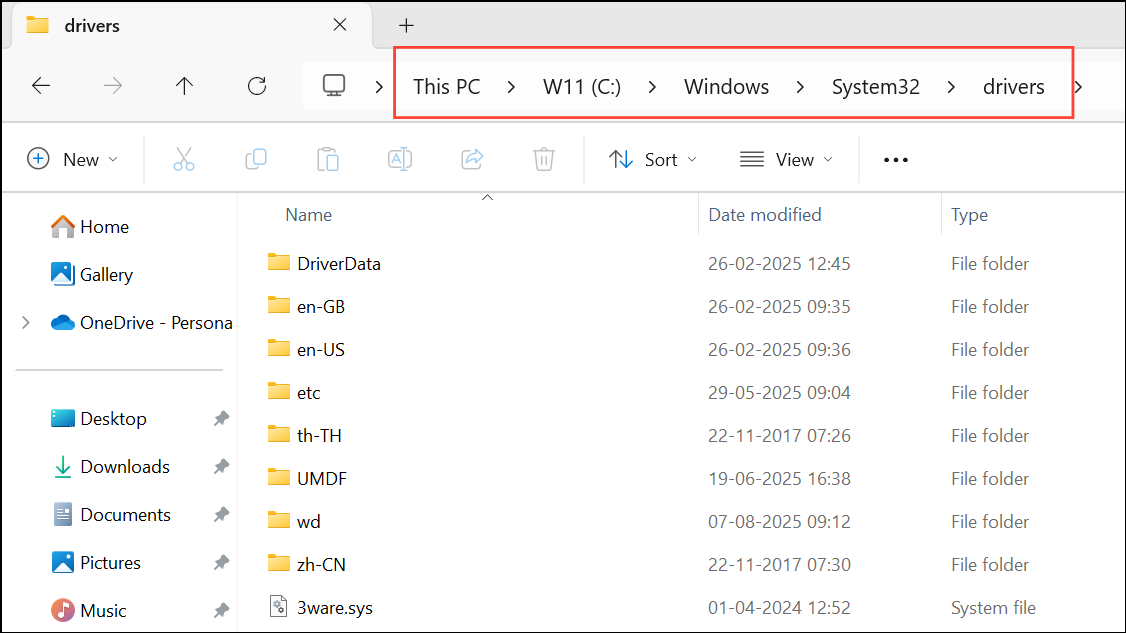
Verify Hardware Virtualization Settings
Step 1: Memory Integrity requires hardware virtualization support. Restart your computer and enter the BIOS/UEFI setup (usually by pressing Del or F2 during boot).
Step 2: Locate options for virtualization, such as Intel VT-x or AMD-V, and ensure they are enabled. Save changes and exit BIOS.
Run System File Checker and DISM
Step 1: Corrupted system files can block Memory Integrity. Open Command Prompt as administrator and run:
sfc /scannow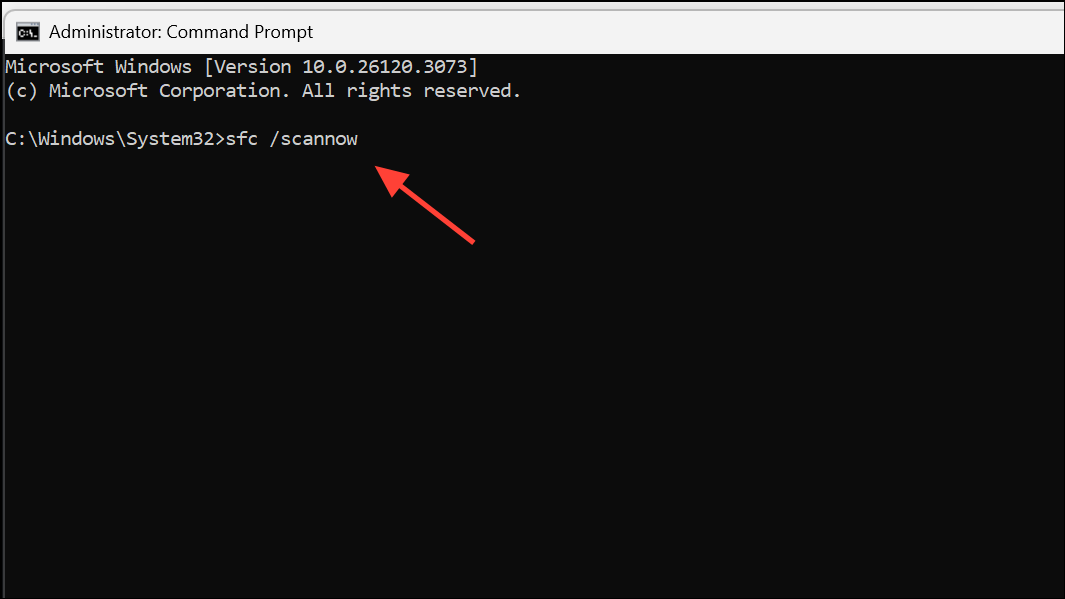
This scans and repairs damaged system files.
Step 2: Next, run:
DISM /Online /Cleanup-Image /RestoreHealth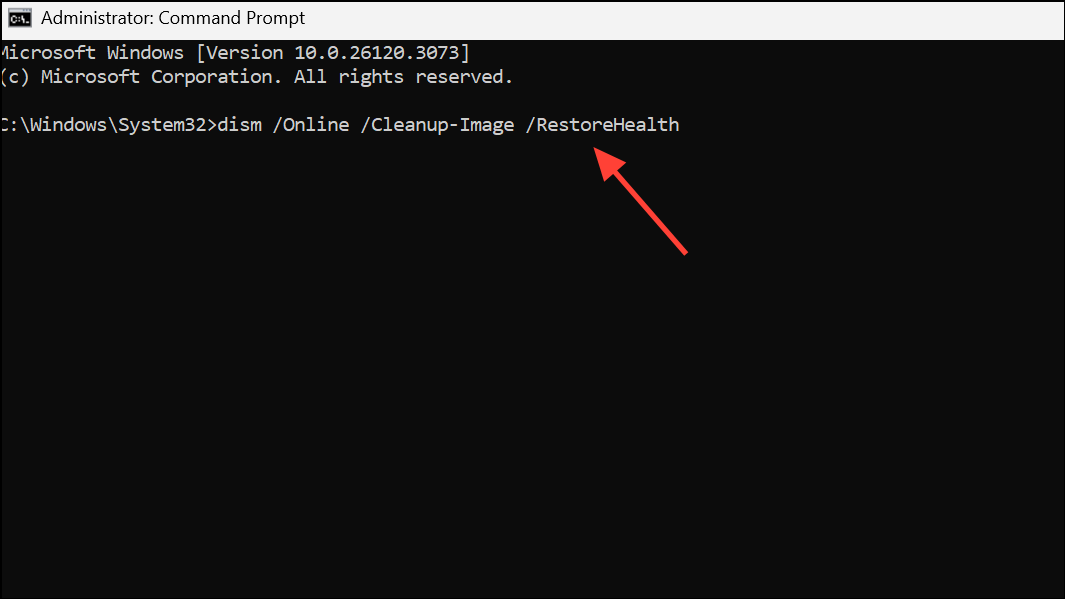
DISM repairs the Windows image, addressing deeper corruption. Restart your PC after both commands finish.
Test RAM Stability and BIOS Settings
Step 1: Overclocked memory (using XMP/AMP profiles in BIOS) can cause instability when Memory Integrity is enabled. If your system crashes or fails to boot after enabling Memory Integrity, reboot into BIOS and set RAM speeds to the motherboard’s default (often 2666 MHz or similar) instead of XMP profiles.
Step 2: If you need XMP for performance, but it conflicts with Memory Integrity, test your RAM with Memtest86+ for several passes to rule out faulty memory. If errors appear, use more conservative memory settings or replace the RAM.
Step 3: Some users report that disabling virtualization features like SVM in BIOS can stop crashes, but this may reduce compatibility with security features or certain apps. Adjust these settings only if necessary and document changes for future troubleshooting.
Enable Memory Integrity via the Registry (Advanced)
Step 1: If the Memory Integrity toggle remains grayed out, you can attempt to enable it through the Windows Registry. First, back up your registry and create a system restore point to protect against accidental misconfiguration.
Step 2: Open the Start menu, type Registry Editor, and press Enter. Navigate to:
HKEY_LOCAL_MACHINE\SYSTEM\CurrentControlSet\Control\DeviceGuard\Scenarios\HypervisorEnforcedCodeIntegrity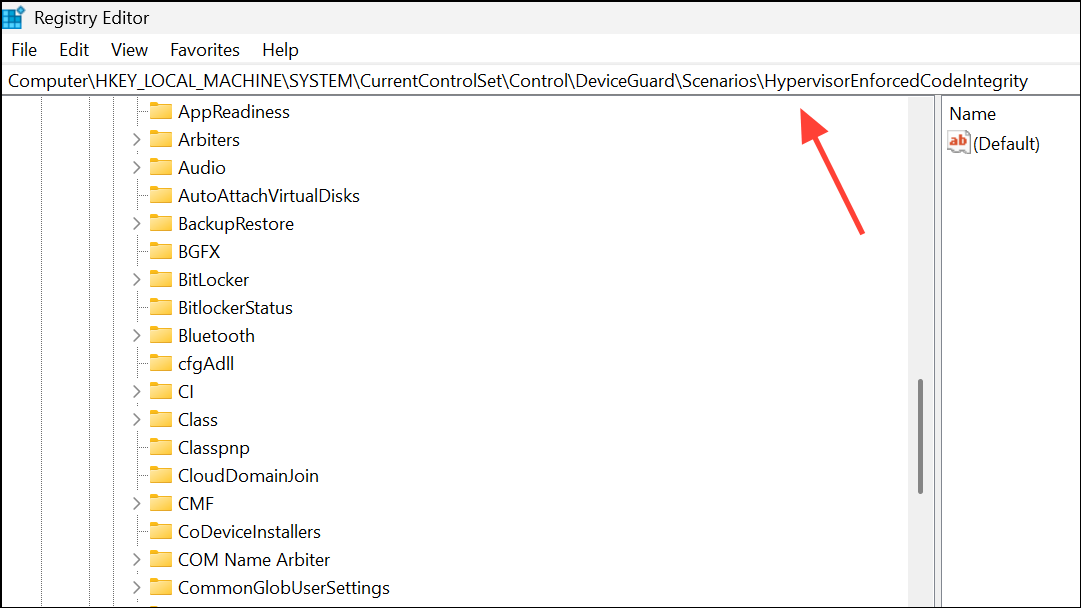
Double-click the Enabled entry, set its value to 1, and click OK.
Step 3: Restart your computer. Check the Windows Security app to see if Memory Integrity is now active.
Additional Troubleshooting and Considerations
If you play games that require Hypervisor-Protected Code Integrity (HVCI), such as Valorant, incompatible anti-cheat drivers (e.g., vgk.sys for Riot Vanguard) may prevent Memory Integrity from enabling. In these cases, you may need to choose between enabling Memory Integrity or running the game, as both may not be compatible simultaneously.
For persistent blue screen issues, examine minidump files in C:\Windows\Minidump using tools like BlueScreenView to identify problematic drivers or hardware. If you continue to experience instability after all troubleshooting steps, consider a repair install of Windows using the Media Creation Tool, which preserves your files and apps while replacing system files.
After resolving the Memory Integrity error, periodically check for new driver and Windows updates, especially after connecting new hardware or installing major software, to prevent future conflicts.
Fixing Memory Integrity blue screen errors on Windows 11 often requires a combination of driver management, hardware setting adjustments, and system repairs. Staying proactive with updates and monitoring new hardware or software changes will help keep your system stable and secure.


